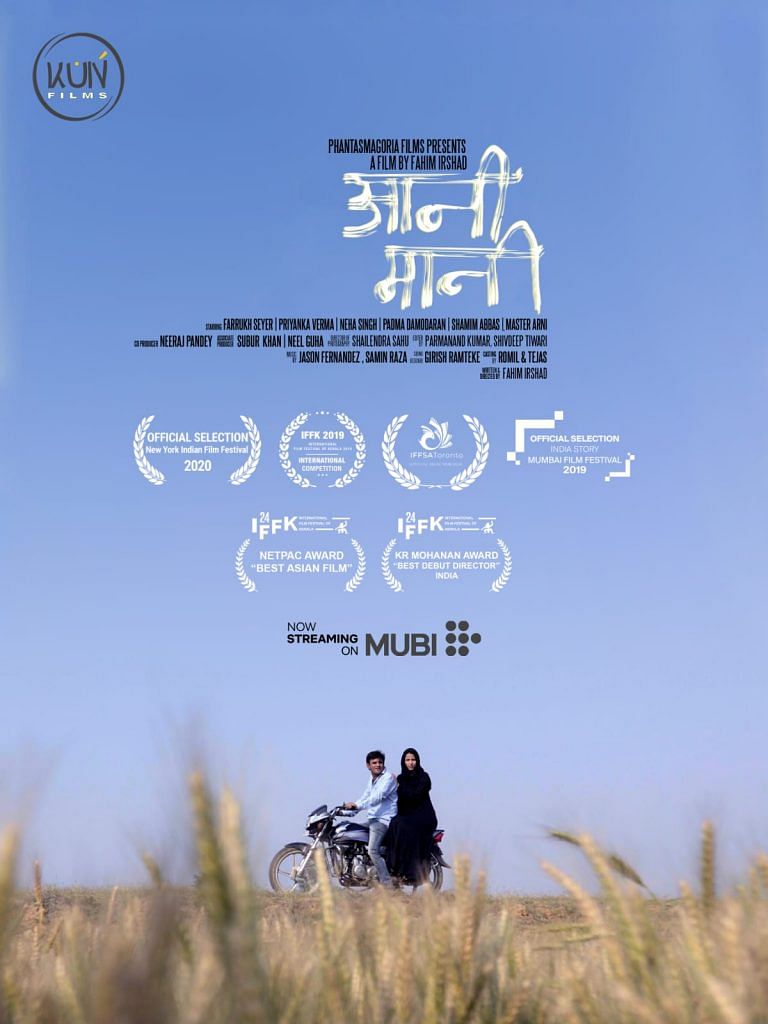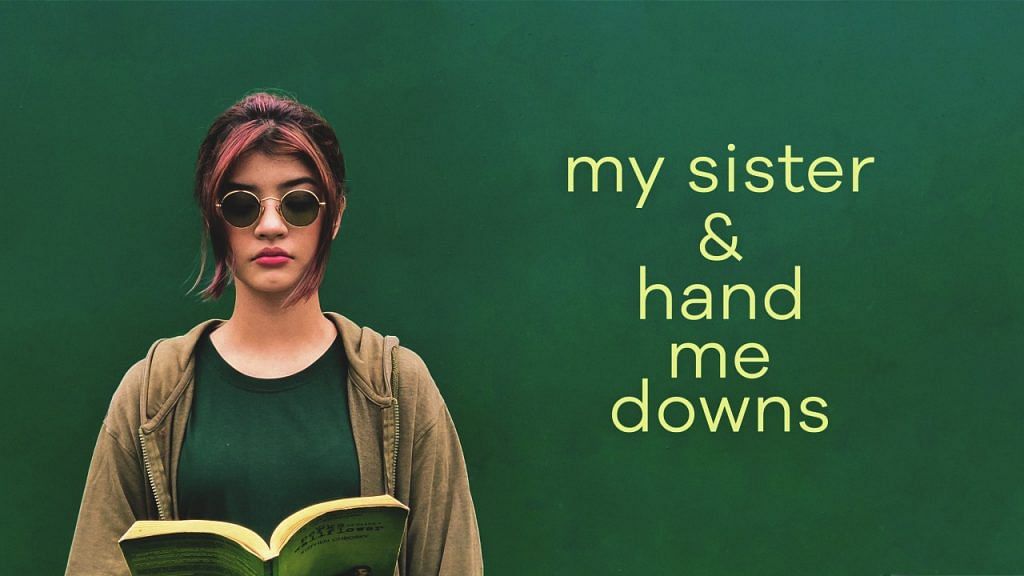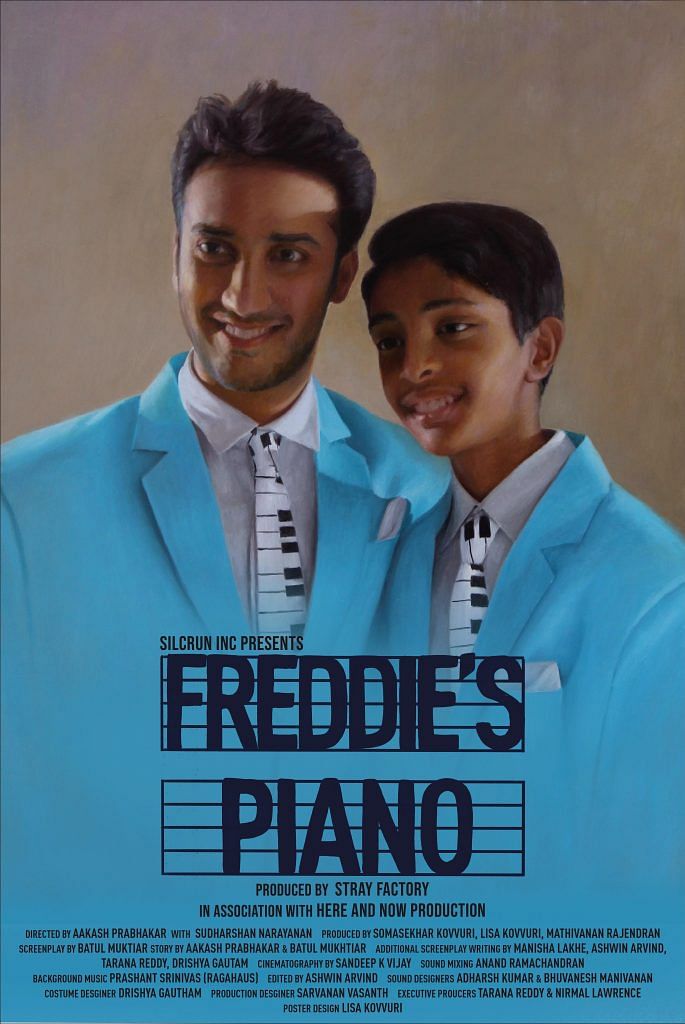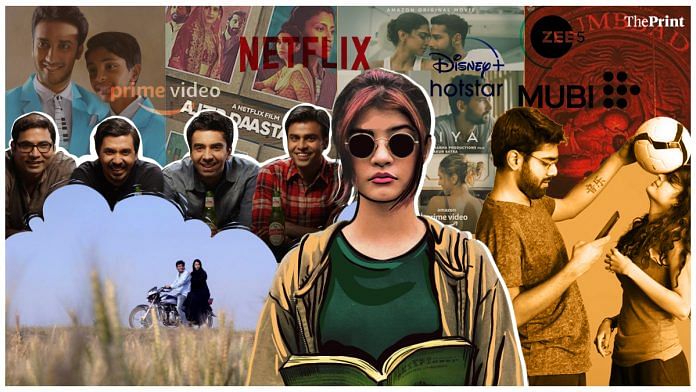New Delhi: With a respectable 7.7 rating on IMDB, along with positive reviews on Film Companion and Feminism In India, the 2019 independent feature film Aani Mani has rave reviews. And yet, the film — based on the life of a kebab seller in Uttar Pradesh, whose life turned upside down with the beef ban in the state — had no buyers when it was pitched to streaming sites. According to those associated with the film, the reasons ranged from “too controversial” to no big actors.
“I won’t take the name of the executive, but a certain person at a streaming giant rejected the film saying it’s too controversial,” noted the film’s lead actor Farrukh Syed, adding that the movie was rejected by both Amazon Prime and Netflix, two of India’s prominent OTT (over-the-top) platforms. “Our film had no big producers, actors or names attached to it, so nobody paid it heed. After some positive reviews, MUBI approached us but didn’t offer us any money. All they could offer us was a platform but insaan ko munh mein roti aur badan pe kapda chahiye (a human being needs money for clothes and food),” said Syed.
In 2020, 34-year-old independent filmmaker Badrinath Sabat founded the Mumbai Indie Filmmaker Festival showcasing 150 films. The jury team was also strong, headlined by Tumbbad (2018) creative director Anand Gandhi. But with a cost of Rs 400 per ticket, the festival earned a measly Rs 13,000 that could not even cover the cost of their website’s development.
Syed and Sabat are not alone in their predicament. The fact that there exists a bias towards indie films by OTT platforms is a persistent complaint echoed by independent filmmakers, who claim that big names and budgets are reducing their space in the streaming world.

Also Read: Movie-streaming website MUBI comes to India with a bang, and it’s not just another Netflix
No space for indie films without star power
Many had said that OTT platforms will herald a new wave of cinema in India and will bring about a tectonic shift to end the big studio monopoly. When big OTT platforms like Netflix and Hotstar still had not made headway in India, short YouTube series like TVF Pitchers (2015) or Little Things (2016) by Dice Media had sparked hope that fresher and independently made content could become mainstream in the country.
However, independent filmmakers have been left to rely on breadcrumbs with some being paid paltry sums of Rs 12,000-13,000 for their features.
“Filmmakers are also encouraged to enter a profit-sharing contract that doesn’t generate income. You get paid Rs 5,000 for a quarter,” said Sabat.
But OTT websites claim that they have consistently platformed new talent. According to Netflix, “diverse and authentic stories” from India are not possible without providing a platform for fresh talent.
“From new acting talents such as Tripti Dimri in Bulbbul (2020) to new directors, producers and writers like Anvita Dutt, Udai Singh Pawar and Neeraj Udhwani, we are thrilled that Netflix can be the home for a new generation of stars and storytellers from every corner of the country. Through our initiatives like Take 10 and our support for BAFTA’s Breakthrough India, we are committed to finding and championing new voices,” said a spokesperson from Netflix.
Netflix also shared some data via email to support its claim, which showed that 18 “talents” had made their streaming debut in 2021 and four among them made their industry debut on the platform. The streaming giant further noted that it worked with 10 first-time directors and nine first-time writers in 2021 for various films and shows.
Netflix also launched the ‘Take Ten’ initiative for filmmakers with diverse backgrounds. “We recently rolled out Take Ten initiative, a short film competition for filmmakers from diverse backgrounds and we have also partnered with National Film Development Corporation for a scriptwriting workshop for women,” a spokesperson said. Amazon Prime, meanwhile, declined to answer questions sent to them via a PR representative.
Also Read: From Prateek Kuhad to When Chai Met Toast, indie music has risen from the ashes of the ‘90s
Fallout of the pandemic
The Covid-19 lockdown hasn’t helped the cause of indie filmmakers either. In the absence of theatrical releases, deep-pocketed studios increasingly turned to OTTs to release their films.
“A lot of big studios turned towards OTTs during the pandemic. Once you’re shelling out Rs 300-400 crore for a film, you don’t have space or money left for independent films. It also affects the audience’s appetite, once you see a star face, you don’t necessarily watch an alt film,” said Arindam Chandra, founder of eventscape.live, a platform for independent films.
Siddhartha Bedi, a Kolkata-based filmmaker pointed out that while OTT has changed the tide of Indian cinema, it has not really brought about a new wave of art films or filmmaking, “OTT has made space for hatke (different) content, but it’s still about commercial filmmaking than it is necessarily about the true value of a story”.

But not everyone agrees with Bedi. Pooja Das Sarkar, an independent writer and director, felt that the pandemic increased people’s appetite for alternative content, which is evident from the success of films like Minnal Murali — a quirky Malayalam superhero movie released this year. She further noted that OTTs have made Indians watch films that don’t boast of star power.
Lockdown or no lockdown, the commercial aspect of a film is often more important for producers than art.
“The first requirement of OTTs to buy your script still remains who’s in it, who’s making it. They’re not acquiring scripts for the love of Indian cinema,” said Aakash Prabhakar, director of the film Freddie’s Piano (2020), which has been featured in 20 film festivals worldwide. Prabhakar conceded that independent films also lack mass appeal, which is why commercial cinema is preferred, “For audiences, we don’t have mass appeal commercial cinema does. Netflix is the new PVR, they put pressure, they set the trends. And they’re buying big studio films. Life of indie filmmakers hasn’t improved at all.”
Sarkar also contended that even though OTTs may be biased to work with big production houses, the content has started the career of many great actors and directors who probably would not have bagged the opportunity in the pre-OTT era. She said that streaming giants have brought forth Neeraj Ghaywan (director of Geeli Pucchi in Netflix’s Ajeeb Daastaans, 2021) and Abhishek Chaubey (director of Hungama Hai Kyon Barpa, 2021).
Also Read: Dev.D to BJP: How Mahie Gill went from being the new Tabu to ‘sanskari Bharatiya naari’
More work, easier production
For young filmmakers in Mumbai, the OTT boom in the Indian film industry has brought about more work than what was available more than five years ago and has also provided a more equitable distribution of projects based on calibre.
Sankalp Luthra, an aspiring filmmaker, said that producers and directors are much more open to reading the scripts of young people, which wasn’t possible earlier. Luthra, who worked as a Director’s Associate on the movie Gehraiyaan (Amazon Prime), also noted that working as an AD (assistant director) and DA on studio films has given him the necessary exposure to get his foot in the door.
“Feature films work a lot on networking. LinkedIn is not meant for filmmakers. I need to talk to 100 people and keep in touch with 20. The moment I started working with Shakun Batra, I knew that if for any unfortunate reason I had to step down from this project, he’d give me good recommendations to other producers and directors and work will keep rolling in. Independent work takes a lot of time and you never know when your script will be picked and produced though,” he said.

The pandemic has also changed the scope of films that release on OTT websites, making it easier for young filmmakers to work for established directors and learn the tricks of the trade. A major reason for this is that OTT films get the same level of promotions, budgets and attention that were earlier reserved for theatrical releases.
Shivam Vichare, a 24-year-old filmmaker, noted that OTT opened several avenues for budding filmmakers that not only has platforming your content become easier, it has also become much cheaper to produce it.
“Ten years ago, it wasn’t easy to make films because you didn’t have equipment. Now five well-versed people and an iPhone are all you need, really. Look at Tangerine (2015) by Sean Baker, it was shot on an iPhone. It was a fresh, radical idea. So it’s become easy for people to produce films. Even if I take your example, you shoot documentaries with a mic and a OnePlus. Would it be possible for you to do that a decade ago? Not at all,” he said.
Also Read: Filmindia, Baburao Patel’s irreverent magazine that could make or break a movie
Exclusive platforms for indie Indian cinema
While space may be reducing for independent films and directors on larger OTT platforms, several other platforms that are exclusively dedicated to indie cinema have emerged over the past year.
Chandra’s eventscape.live, where you pay for the movie you wish to watch, platforms only independent films. Their catalogue was launched in November last year, and currently carries close to 100 films. He said that indie films desperately needed a platform where they could monetise their content, because a lot of sites ask for a minimum guarantee (minimum number of views) by the filmmaker for them to be able to monetise their content.
(Edited by Rachel John)






